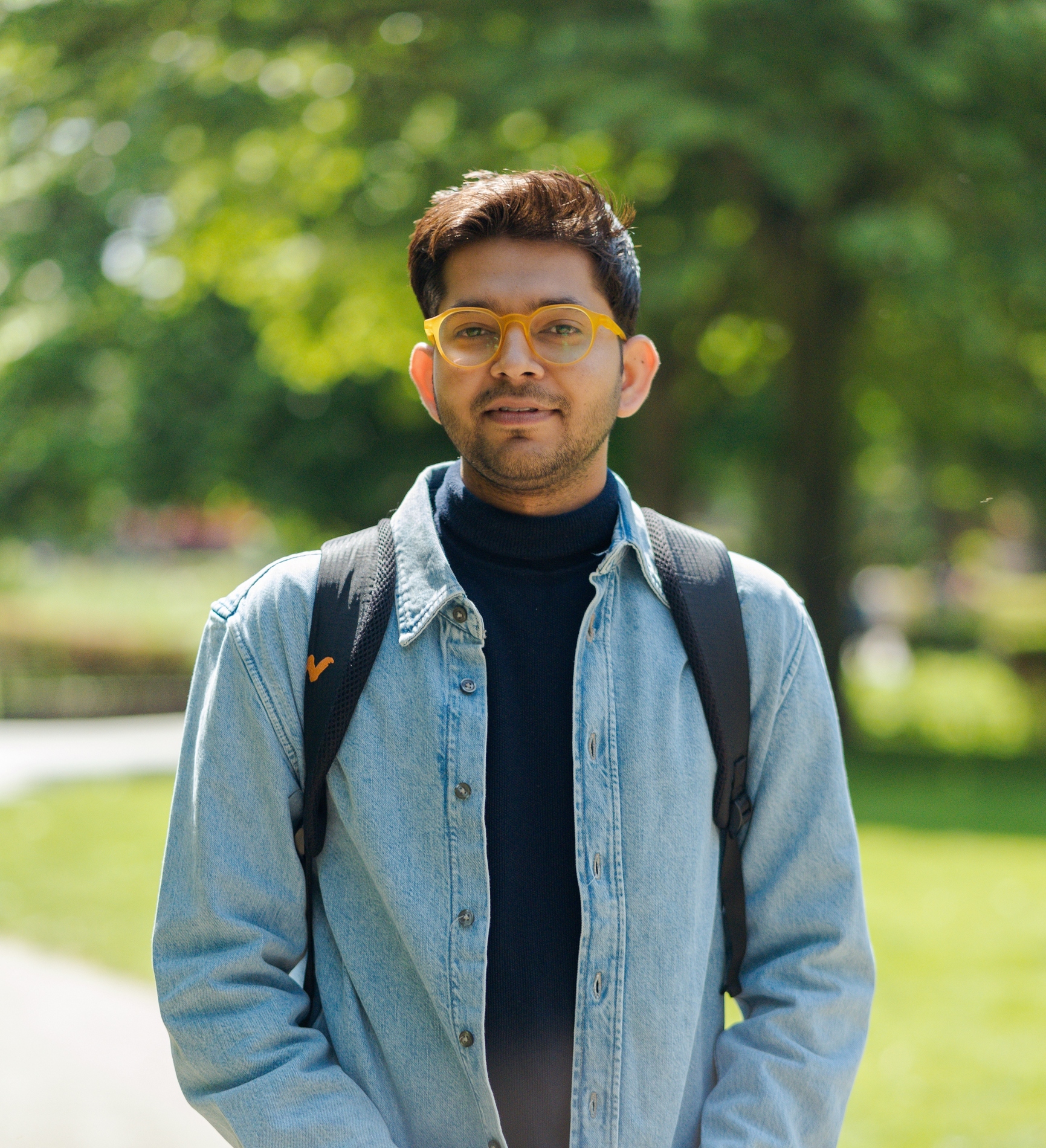BEYOND BRAILLE: Touch, Tangaliya and Talking Textiles
Category: Apparel
Competitions: Fashion Competition 2025
Textiles are not just materials—they are stories, legacies, and expressions of culture and identity. This project reimagines Tangaliya weaving, a 700-year-old craft from Gujarat’s Dangasiya community, into a handwoven Braille talking textile. Tangaliya’s signature tactile dots, formed by twisting extra weft yarn around warp threads, create a raised texture that is both visible and tangible on both sides of the fabric. Here, touch is more than a medium—it becomes the message itself, where each dot narrates a story of optimism and inclusion. The Khadi Denim jacket marks a pioneering exploration of motifs and materials through a sensory lens. Handwoven in Braille using indigo-dyed Khadi cotton denim, the jacket transforms traditional craft into a medium of tactile storytelling. Embedded within its textured surface are powerful quotes by Helen Keller, including, “The only thing worse than being blind is having sight but no vision.” These woven words invite both touch and reflection, sparking a dialogue about inclusivity, accessibility, and the unseen potential of textile design. Far from being a nostalgic nod to the past, this jacket repositions heritage craft as a bold tool for advocacy and contemporary expression. It challenges the boundaries of fashion by integrating touch and meaning, proving that traditional techniques like Khadi weaving can be reimagined as vehicles for social change and multi-sensory communication. Tangaliya weaving itself is an act of defiance—born from an intercaste love story and rooted in resistance against India’s social hierarchy. This project honours that legacy, proving that heritage textiles are not relics of the past but blueprints for an inclusive future. It challenges fashion’s reliance on the visual, redefining textiles as multi-sensory narratives. Through these work, I aim to show that fashion can be circular, inclusive, and deeply human—where every woven thread bridges culture, innovation, and accessibility.

